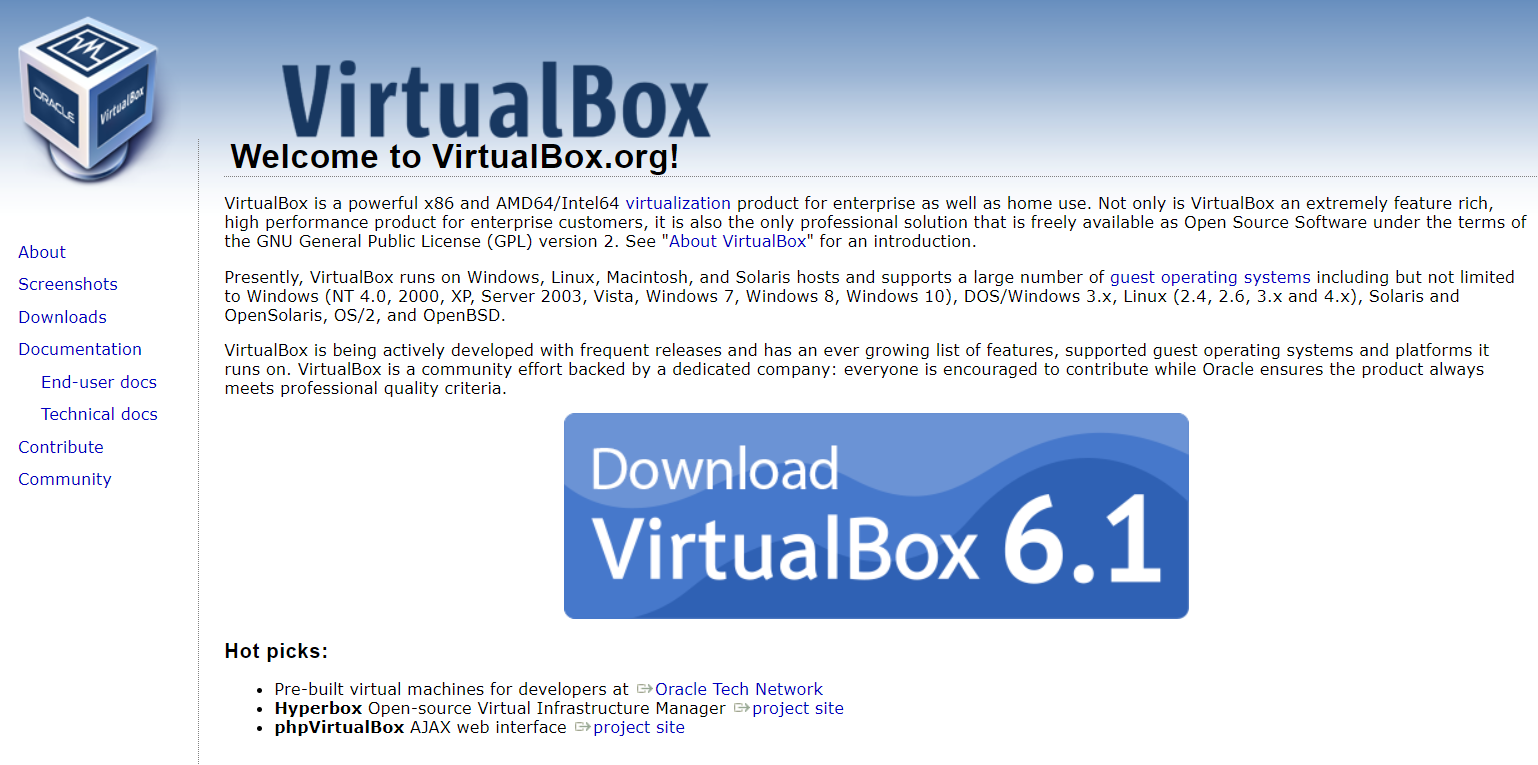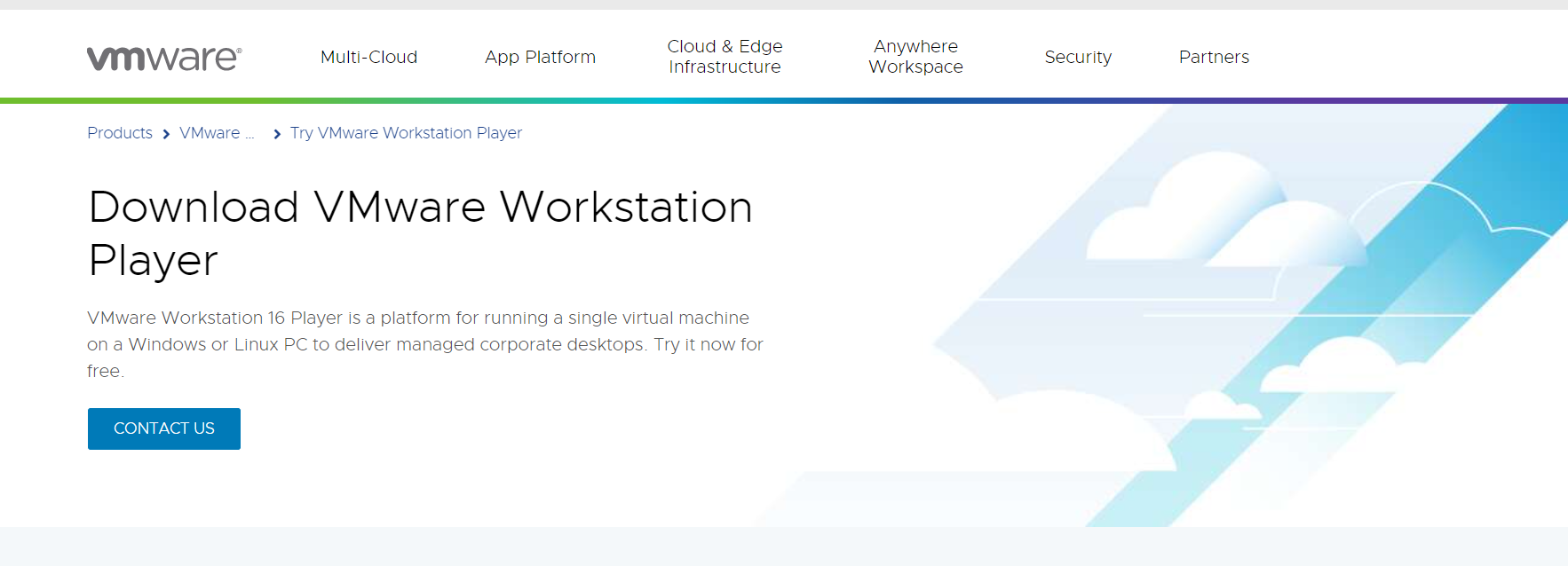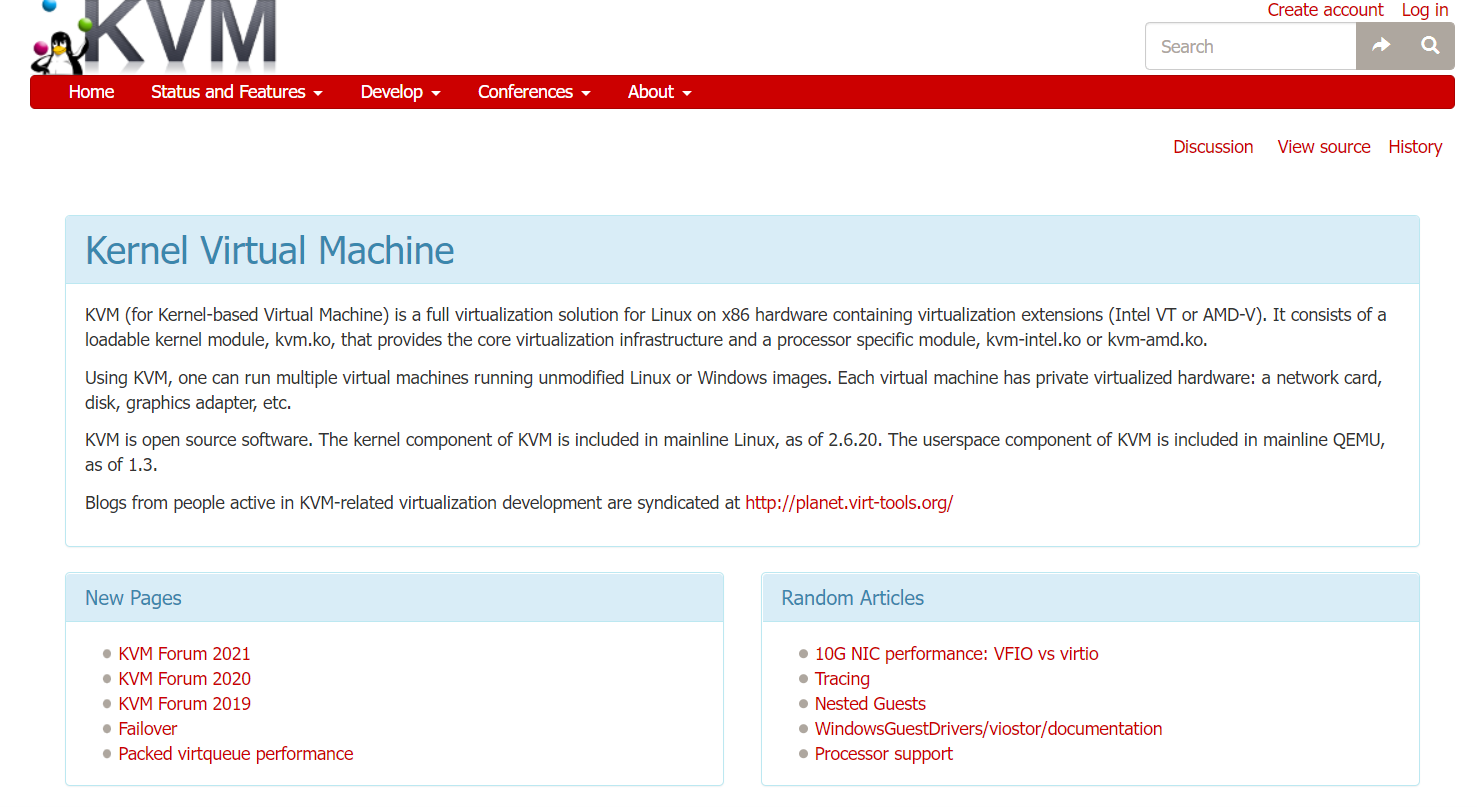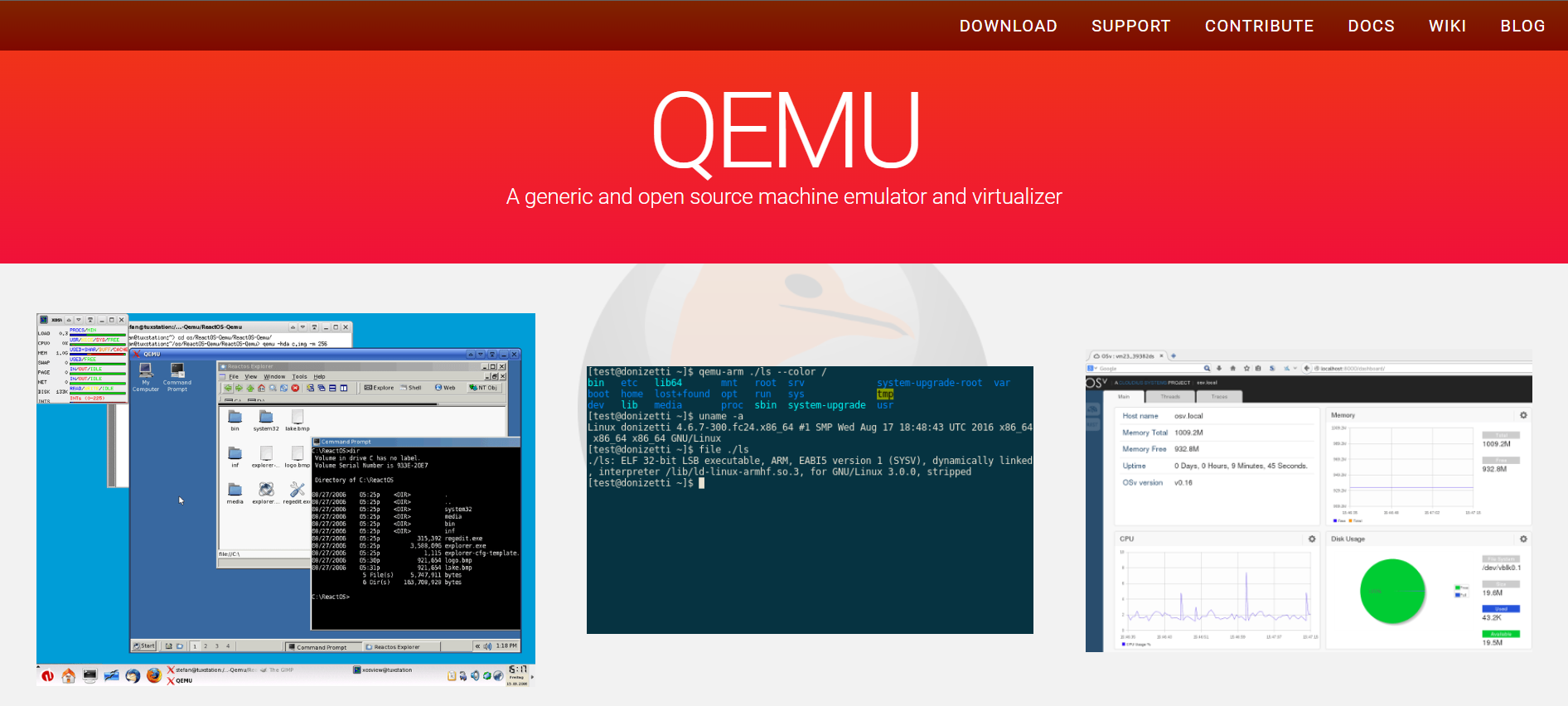Windows virtual machines are great for Linux users because they’re able to have full user interaction with Windows apps.
And unlike rebooting your system every time you want to change OSes, installing Virtual Manager makes it possible (and easy) to run Windows virtual appliances on top of any existing distribution without having large downtimes or experiencing stability issues due to its integration.
Granted, many distributions come ready out-of-the box, so there isn’t necessarily a need to look elsewhere.
If this particular task doesn’t bother one but they still prefer something more customized, then perhaps trying some different software might just suit their needs better.
List of 5 Best Virtual Machine for Linux-
There are a few different options when it comes to virtual machines for Linux. Here is a list of some of the best options:
1. VirtualBox

VirtualBox has a wide range of features, including support for multiple guest operating systems, graphics acceleration, and network options.
Features
1. Modularity
This makes it easy to control it from several interfaces at once: for example, you can start, pause and resume virtual machines from a graphical user interface (GUI) or from the command line, or you can control them remotely via web services.
2. Virtualization of various OSs
You can run Windows, Linux, Solaris and other operating systems simultaneously on a single computer – by creating so-called “virtual machines” on top of your existing OS.
Each virtual machine has its own virtual hardware including CPUs, memory, hard disk drives, CD/DVD-ROM drives, audio adapters and network interface cards.
3. Support for 64-bit guest operating systems
With VirtualBox you can install and run 64-bit guest operating systems even on your 32-bit host operating system. The 64-bit guests will enjoy full support for hardware virtualization features such as hardware-assisted CPU virtualization and I/O MMU virtualization.
4. Snapshots
You can take snapshots of your virtual machines at any time. A snapshot is a saved state of a VM at a given point in time.
Taking snapshots is useful for various purposes: for example, you can use them to try out new software or to experiment with settings, and then simply revert to a previous snapshot if something goes wrong.
2. VMware Player

VMware Player is a free virtualization software from VMware. It can be used on Windows and Linux operating systems. VMware Player has many of the same features as VirtualBox, including support for multiple guest operating systems and graphics acceleration.
Features
Support for multiple operating systems:
VMware Player can be used to run multiple operating systems on a single computer. This includes support for popular guest operating systems such as Windows, Linux, and macOS.
Easy installation and configuration:
VMware Player is easy to install and requires no configuration. Once installed, VMware Player can be used to run guest operating systems out-of-the-box.
Support for popular virtualization technologies:
VMware Player supports popular virtualization technologies such as hardware virtualization and 64-bit guest operating systems.
Free for personal use:
VMware Player is free for personal use. A commercial license is required to use VMware Player in a business environment.
3. KVM
KVM is a free and open-source virtualization software from Red Hat. It can be used on Linux operating systems. KVM has a wide range of features, including support for multiple guest operating systems, graphics acceleration, and network options.

Features
Support for multiple processors:
KVM can utilize multiple processors or cores, allowing you to create highly scalable virtual machines.
Support for multiple operating systems:
KVM supports a wide range of operating systems, making it a versatile virtualization solution.
Ease of use:
KVM is simple to set up and use, and can be managed via a web-based interface.
High performance:
KVM provides near-native performance, making it ideal for resource-intensive tasks.
Scalability:
KVM can be easily scaled up or down to meet changing needs.
4. Xen

Xen is a free and open source virtualization software from Citrix. It can be used on Linux operating systems. Xen has a wide range of features, including support for multiple guest operating systems, graphics acceleration, and network options.
It is a hypervisor, meaning it provides a virtual machine environment on which multiple operating systems can run. Xen is open source software, originally developed by the University of Cambridge.
Features
Performance: Xen uses a paravirtualization approach that allows VMs to run directly on the hardware without the need for emulation. This results in good performance compared to other virtualization platforms.
Scalability:
Xen can scale up to support thousands of VMs on a single physical server.
Security:
Xen provides a number of security features, such as isolation and resource controls, that can be used to secure VMs.
Reliability:
Xen is a stable and well-tested platform that has been in use for many years.
5. QEMU

QEMU is a processor emulator that relies on dynamic translation to achieve a fast execution of guest code. QEMU has two operating modes:
User mode emulation: In this mode, QEMU can launch Linux processes compiled for one CPU on another CPU. This allows quick testing and debugging of applications without the need for a second physical computer system.
System mode emulation: In this mode, QEMU emulates a complete computer system, including a processor and various peripherals. This is used to run entire operating systems in virtual machines.
Features
One of the most important features of QEMU is its support for a wide range of guest operating systems.
QEMU can be used to run virtual machines that use a variety of different CPU architectures, including ARM, x86, PowerPC and more. This makes QEMU an ideal tool for cross-platform development and testing.
QEMU also provides hardware acceleration that can significantly improve the performance of virtual machines. For example, QEMU can make use of Intel VT-x or AMD-V CPU extensions to improve the performance of virtual machines that run on x86-based CPUs.
Another important feature of QEMU is its networking support. QEMU can be used to create virtual networked environments, which can be useful for testing and development purposes. QEMU supports a wide range of networking options, including Ethernet, InfiniBand, and more.
Quick Links
